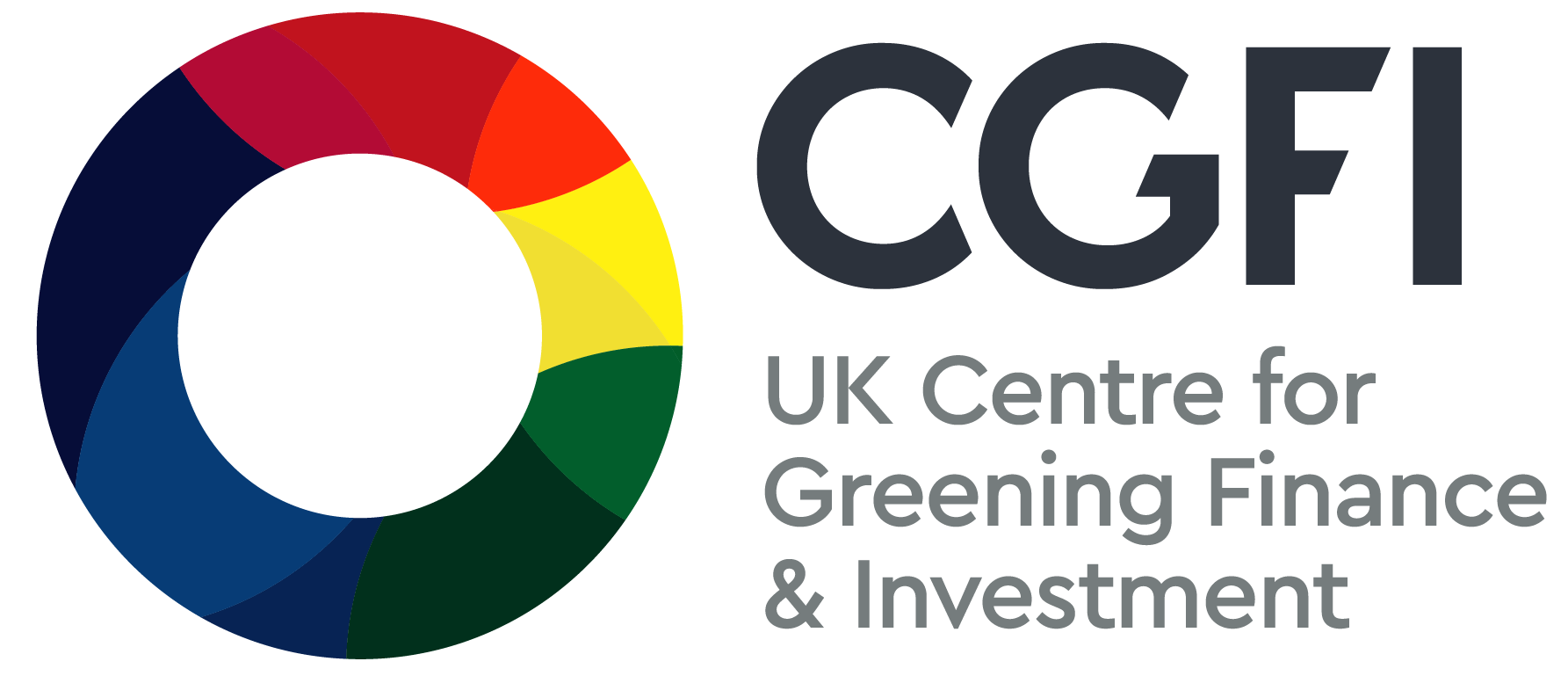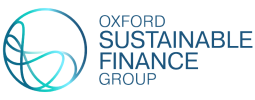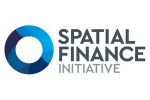Environmental Stress Testing and Scenarios

The Environmental Stress Testing and Scenarios Programme (ESTS) will deliver the next generation of stress tests and scenarios to enhance the resilience of the global financial system to climate and environmental risks.
A specialist research hub based within the Oxford Sustainable Finance Group (OxSFG) at the University of Oxford, ESTS will work in close partnership with central banks, supervisors, financial institutions, policymakers, and international organisations.
Climate and environmental risks are an unprecedented source of potential financial instability. A new generation of data, evidence and analytical tools are needed to ensure resilience while informing reallocations of capital towards nature-positive and resilient patterns of growth. Innovations in stress testing and scenario analysis are needed to measure and manage risks and their associated complexity and extended time horizons.
ESTS will establish a portfolio of research-led workstreams on:
Scenarios
- Enhancing use and usability of scenarios.
- Better understanding the limitations of scenarios, as well as the key sensitivities and uncertainties.
- Enhancing the application of scenarios in practice.
Stress Testing and Environmental-Financial-Economic Models
- Developing open analytical tools, based upon transparent approaches and asset-level data.
- Shaping future research and advancing techniques.
Capability and Learning
- Bring research into practice, helping stakeholder network to build research capability.
- Organise training programmes and provide exchange of knowledge, especially in emerging and developing countries.
Outcomes
ESTS will deliver outcomes along two dimensions
Research hub on stress testing and scenarios
- We will shape future research and advance techniques to strengthen the evidence on materiality of climate and environmental risks to the financial system
- We will engage in scenario development and analysis with a focus on transparent, bottom-up approaches centered around asset-level data. We develop new research around climate finance, develop roadmaps of practical solutions and financial policies to build out resilience. This includes a set of early warning indicators and risk metrics for financial institutions, economies and sovereigns
- We enhance the usability and comparability of scenarios in practice, including assessments around limitations, sensitivities, and uncertainties for financial risk assessment
- We engage with central banks, supervisors, financial institutions, policymakers, and international organisations to inform policy and to transfer expertise to less advanced stakeholders and assist in capacity building.
- We convene leading experts and practitioners to advance understanding and best practice on assessing and managing climate, and environmental risks in the financial system.
- We deliver world-leading training and capacity building to executive-level in the private and public sector.
- Linking expertise with ongoing training programs, including the Oxford Public and Third Sector Academy

















